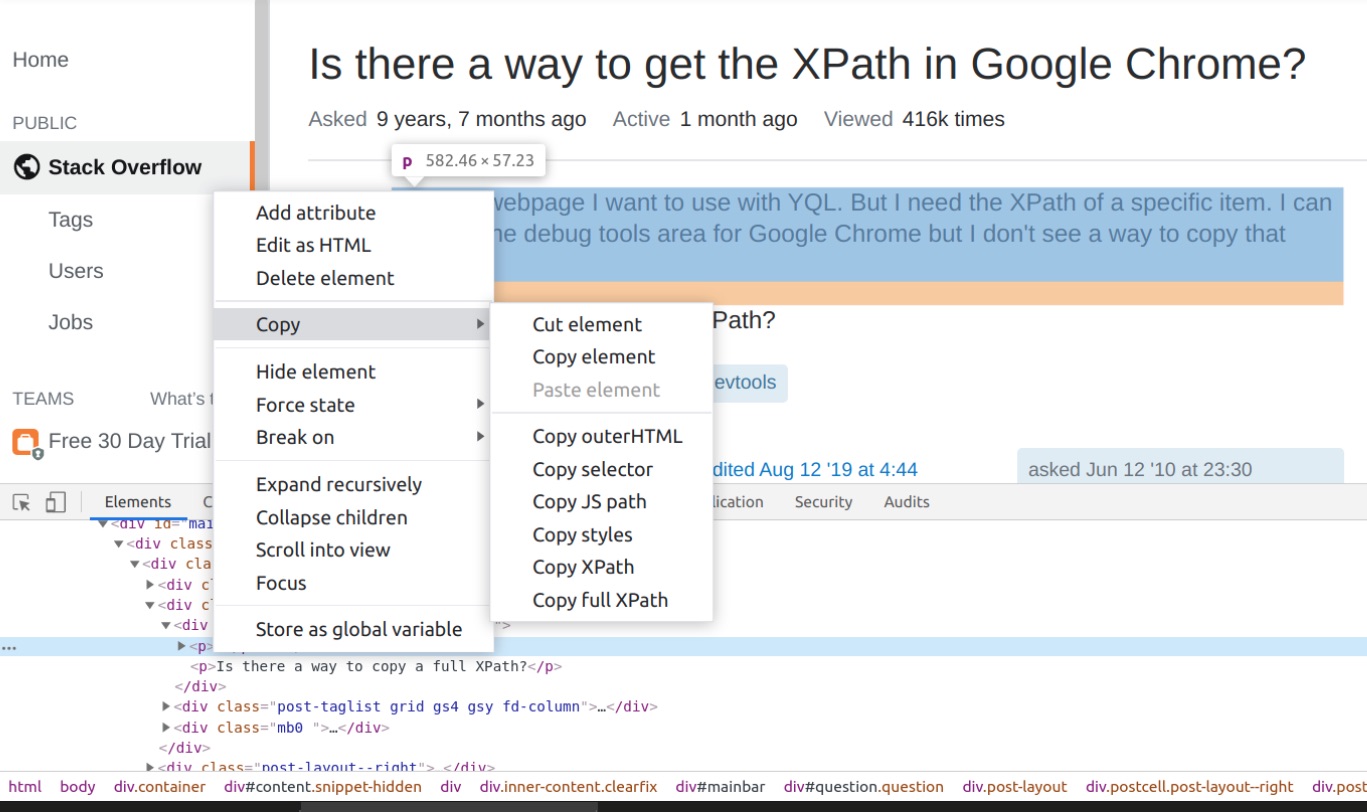What are Browser Helper Objects (BHOs)?
Browser Helper Objects (BHOs) are a type of browser extension that provide additional functionality to web browsers. They are designed to enhance the browsing experience by offering features such as toolbars, ad blockers, and browser customization options. BHOs are typically created using programming languages such as C++ or JavaScript, and they integrate directly into the browser to extend its capabilities.
BHOs have the ability to modify or enhance the behavior of web browsers, allowing them to interact with web pages and alter the user interface. This means that BHOs can have both positive and negative impacts on the browsing experience, depending on their intended purpose and how they are implemented.
It's important to note that while BHOs can offer useful features, they can also pose security risks if they are not properly vetted or if they are created with malicious intent. Some BHOs may track user activity, inject unwanted advertisements, or even compromise the security of the browser and the user's personal information.
In summary, Browser Helper Objects are browser extensions that provide additional functionality to web browsers. They can enhance the browsing experience by offering features such as toolbars, ad blockers, and browser customization options. However, they can also pose security risks if not properly vetted or if created with malicious intent. Understanding BHOs and their potential impact is crucial for maintaining a secure and efficient browsing experience.
How BHOs can impact your browser
Browser Helper Objects (BHOs) have the potential to significantly impact the performance, security, and overall user experience of web browsers. Understanding the various ways in which BHOs can influence browsers is crucial for users to make informed decisions about their online safety and browsing efficiency.
1. Performance Impact
BHOs can have a notable impact on the performance of web browsers. When poorly designed or implemented, BHOs may consume excessive system resources, leading to slow browser startup times, unresponsive tabs, and overall sluggishness. Additionally, BHOs that constantly run in the background can contribute to increased memory usage, causing browsers to become less responsive and prone to crashes.
2. Security Risks
One of the most significant concerns associated with BHOs is the potential security risks they pose. Malicious BHOs can exploit vulnerabilities in browsers to execute unauthorized actions, such as capturing sensitive user data, redirecting web traffic to malicious sites, or installing additional malware. Even seemingly benign BHOs may inadvertently introduce security vulnerabilities, making it essential to carefully evaluate the trustworthiness of any BHO before installation.
3. User Experience
BHOs can impact the user experience by altering the browser's interface, injecting unwanted advertisements, or modifying the behavior of web pages. While some BHOs aim to enhance user productivity and convenience, others may disrupt the browsing experience by displaying intrusive pop-ups, redirecting users to unfamiliar websites, or altering search results. This can lead to frustration and a diminished overall browsing experience.
4. Privacy Concerns
Certain BHOs may track user activity, including browsing habits, search queries, and website visits. This data collection can raise privacy concerns, especially if the information is shared with third parties without user consent. Users should be cautious when installing BHOs that request extensive permissions or access to personal data, as they may compromise privacy and expose sensitive information to unauthorized entities.
In summary, BHOs can impact web browsers in various ways, including performance degradation, security risks, alterations to the user experience, and privacy concerns. It is essential for users to carefully evaluate the necessity and trustworthiness of BHOs before installation to mitigate potential negative impacts on their browsing environment.
Methods for finding Browser Helper Objects
Identifying Browser Helper Objects (BHOs) is crucial for maintaining a secure and optimized browsing experience. There are several methods available to users for detecting and managing BHOs within their web browsers. By employing these methods, users can gain insights into the BHOs present in their browsers and take appropriate actions to ensure their browsing environment remains secure and efficient.
1. Browser Settings and Extensions Menu
Most modern web browsers provide built-in tools for managing extensions, including BHOs. Users can navigate to the browser's settings or extensions menu to view a list of installed extensions, including BHOs. This allows users to review the permissions, functionality, and source of each extension, enabling them to identify and manage BHOs directly from the browser interface.
2. Task Manager and Browser Performance Tools
Task Manager and performance monitoring tools offered by operating systems can provide valuable insights into the impact of BHOs on browser performance. Users can utilize these tools to identify resource-intensive processes associated with BHOs, such as high CPU or memory usage. This approach allows users to pinpoint BHOs that may be negatively impacting browser performance and take appropriate action, such as disabling or removing them.
3. Third-Party Anti-Malware and Security Software
Utilizing reputable anti-malware and security software can aid in the detection of potentially harmful BHOs. These tools often include features specifically designed to identify and remove malicious or unwanted browser extensions, including BHOs. By running regular scans with anti-malware software, users can proactively identify and address any BHOs that may pose security risks or compromise the integrity of their browsers.
4. Browser Developer Tools
Advanced users and developers can leverage browser developer tools to inspect and analyze the behavior of BHOs. Developer tools provide in-depth visibility into the interactions between BHOs and web pages, allowing users to identify any unauthorized or undesirable activities initiated by BHOs. By examining network requests, script execution, and console logs, users can gain a comprehensive understanding of the impact of BHOs on their browsing sessions.
5. Community Forums and Online Resources
Engaging with online communities and forums dedicated to browser security and extensions can provide valuable insights into the identification and management of BHOs. Users can seek guidance from experienced community members, share their experiences with specific BHOs, and stay informed about emerging threats and best practices for BHO detection. Additionally, reputable online resources and security blogs often publish articles and guides on identifying and addressing BHO-related issues, empowering users to make informed decisions regarding their browser extensions.
By leveraging these methods, users can effectively identify and manage Browser Helper Objects within their web browsers, ensuring a secure and optimized browsing experience. Regular monitoring and proactive measures can help users mitigate the potential risks associated with BHOs and maintain control over their browser extensions.
Using built-in browser tools to identify BHOs
Modern web browsers offer built-in tools that empower users to identify and manage Browser Helper Objects (BHOs) directly from the browser interface. By leveraging these native features, users can gain valuable insights into the BHOs present in their browsers and take proactive steps to ensure a secure and efficient browsing environment.
Accessing the Extensions Menu
One of the primary methods for identifying BHOs is through the browser's extensions menu or settings. Users can typically access this feature by navigating to the browser's menu, often represented by three vertical dots or lines, and selecting the "Extensions" or "Add-ons" option. Within this menu, users can view a comprehensive list of installed extensions, including BHOs, along with relevant details such as permissions, version numbers, and sources.
Reviewing Permissions and Functionality
Upon accessing the extensions menu, users can review the permissions and functionality associated with each installed extension, enabling them to identify BHOs and assess their impact on the browsing experience. By scrutinizing the permissions requested by BHOs, users can gauge the level of access granted to these extensions and evaluate whether they align with their browsing preferences and security standards.
Source Verification
Built-in browser tools also allow users to verify the sources of installed extensions, including BHOs. By examining the source or developer information associated with each extension, users can ascertain the legitimacy and trustworthiness of BHOs. This verification process enables users to identify potentially malicious or unauthorized BHOs and take appropriate action to mitigate associated risks.
Disabling or Removing BHOs
In the event that users identify unwanted or suspicious BHOs through the browser's built-in tools, they can take immediate action to disable or remove these extensions. By utilizing the native functionality provided within the extensions menu, users can selectively disable BHOs to assess their impact on browser performance and security. If necessary, users can proceed to remove identified BHOs to eliminate potential risks and restore the integrity of their browsing environment.
Continuous Monitoring
Utilizing built-in browser tools for BHO identification should be complemented by continuous monitoring of installed extensions. Regularly reviewing the extensions menu and staying informed about the permissions, functionality, and sources of BHOs can empower users to maintain control over their browser extensions and promptly address any emerging concerns related to BHOs.
By leveraging the built-in browser tools for BHO identification, users can effectively monitor and manage Browser Helper Objects within their web browsers, fostering a secure and personalized browsing experience. These native features provide users with the necessary visibility and control to make informed decisions regarding their browser extensions, ultimately contributing to a safer and more efficient online environment.
Using third-party software to detect BHOs
In addition to built-in browser tools, users can leverage third-party software specifically designed to detect and manage Browser Helper Objects (BHOs) within web browsers. These specialized tools offer advanced capabilities for identifying, analyzing, and addressing BHO-related issues, providing users with comprehensive visibility and control over their browser extensions.
Anti-Malware and Security Suites
Reputable anti-malware and security suites often include features tailored to detect and remove potentially harmful browser extensions, including BHOs. By running thorough scans of the browser environment, these software solutions can identify BHOs that exhibit suspicious behavior, pose security risks, or compromise the browsing experience. Additionally, anti-malware tools may offer real-time protection against unauthorized BHO installations and proactively prevent BHO-related threats.
Browser Extension Scanners
Dedicated browser extension scanners and management tools are designed to offer detailed insights into the extensions installed within web browsers, including BHOs. These tools enable users to conduct comprehensive scans of their browser extensions, highlighting BHOs that may exhibit undesirable behavior, consume excessive resources, or raise security concerns. By leveraging the capabilities of extension scanners, users can proactively identify and address BHO-related issues to maintain a secure and optimized browsing environment.
System Optimization Utilities
Certain system optimization utilities encompass features for identifying and managing browser extensions, including BHOs, to enhance the overall performance and security of web browsers. These utilities may offer functionality to analyze the impact of BHOs on browser responsiveness, resource utilization, and system stability. By utilizing system optimization tools, users can gain valuable insights into the influence of BHOs on their browsing experience and take proactive measures to optimize their browser environment.
Browser-Specific Extensions
Some web browsers offer dedicated extensions or add-ons developed to identify and manage BHOs within their respective platforms. These browser-specific extensions often provide enhanced visibility into installed BHOs, allowing users to review detailed information, perform targeted scans, and receive real-time alerts regarding BHO-related activities. By leveraging these specialized extensions, users can gain a deeper understanding of the BHO landscape within their chosen browser and take informed actions to maintain a secure browsing environment.
By utilizing third-party software tailored to detect BHOs, users can augment their ability to identify, analyze, and manage browser extensions effectively. These specialized tools offer advanced features and insights, empowering users to proactively address BHO-related concerns and maintain a secure and efficient browsing experience.

























